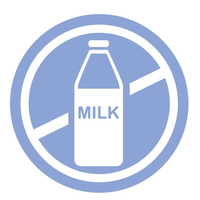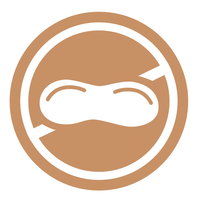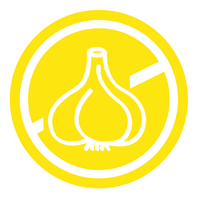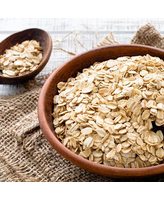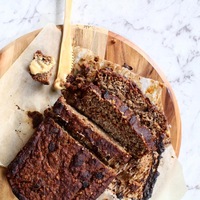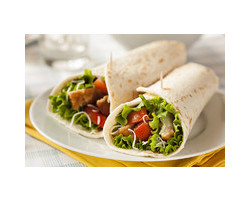Fibre: The Unsung Hero of Gut Health
Author: Sunnybrook
When most people think of fibre, they picture bran flakes or the back of a cereal box. But fibre is far more than just “roughage” — it plays a vital role in digestive health, blood sugar balance, satiety, and even the gut microbiome. The catch? Not all fibres are created equal. For people with coeliac disease, IBS, or those following a low FODMAP diet, the type of fibre can make all the difference.
Let’s break it down.
Different Types of Fibre & Their Uses
Broadly, fibre can be classified into soluble and insoluble:
-
Soluble fibre dissolves in water, forming a gel-like substance. It slows digestion, helps regulate blood sugar, and feeds beneficial gut bacteria. Found in oats, legumes, apples, and fibre supplements like psyllium husk.
-
Insoluble fibre adds bulk to stool and speeds up movement through the gut, preventing constipation. Found in whole grains, nuts, seeds, and vegetables.
Both types are important — soluble fibre for gut bacteria and metabolic health, insoluble for bowel regularity.
Fibre Considerations for Coeliac Disease
For those with coeliac disease, fibre intake can drop significantly after switching to a gluten-free diet. Many gluten-containing grains (wheat, barley, rye) are rich in fibre, and their gluten-free replacements (white rice, corn, tapioca starch) are often low in it.
Useful fibres for coeliacs:
-
Oats (certified gluten-free) – gentle source of soluble fibre.
-
Psyllium husks – can improve stool form and gut motility.
-
Seeds (chia, flax, sunflower) – add both soluble and insoluble fibre.
-
Fruits and veg – especially those with edible skins and seeds.
Fibre on a Low FODMAP Diet & with IBS
For people with IBS or those on a low FODMAP diet, fibre can be tricky. While it’s essential for gut health, some fibres ferment rapidly, causing gas, bloating, and pain.
High FODMAP fibres to watch out for:
-
Inulin and chicory root fibre – highly fermentable, often a trigger.
-
Certain oligosaccharides in legumes and wheat bran.
Better tolerated fibres for IBS/Low FODMAP:
-
Partially hydrolysed guar gum (PHGG) – gentle, well-tolerated prebiotic.
-
Psyllium husks – generally IBS-friendly, especially for constipation.
-
Slippery elm – soothing, mucilage-rich fibre that can calm gut lining irritation.
Comparing Key Fibre Supplements
Let’s look at some popular fibre types and how they differ:
1. PHGG (Partially Hydrolysed Guar Gum)
-
Soluble, low viscosity, prebiotic
-
Gentle on the gut, slowly fermented
-
Evidence supports use in IBS (both constipation and diarrhoea)
-
Low FODMAP approved
2. Inulin
-
Soluble, fermentable prebiotic fibre
-
Excellent for stimulating beneficial bacteria like bifidobacteria
-
Can cause gas, bloating, and discomfort in IBS/low FODMAP individuals
-
Found naturally in chicory root, onions, garlic
-
Powerful prebiotic, but not well tolerated in sensitive guts.
3. Psyllium Husk
-
Soluble + some insoluble fibre
-
Forms a gel, helps regulate stool consistency
-
Beneficial in constipation and diarrhoea-predominant IBS
-
Gluten-free and generally well tolerated
-
A versatile, everyday fibre.
4. Slippery Elm
-
Mucilaginous fibre with soothing properties
-
Traditionally used for digestive irritation
-
May help with heartburn, diarrhoea, and gut inflammation
-
Less researched compared to psyllium or PHGG, but valued in herbal medicine
-
A gentle, soothing option, especially when the gut lining is irritated.



